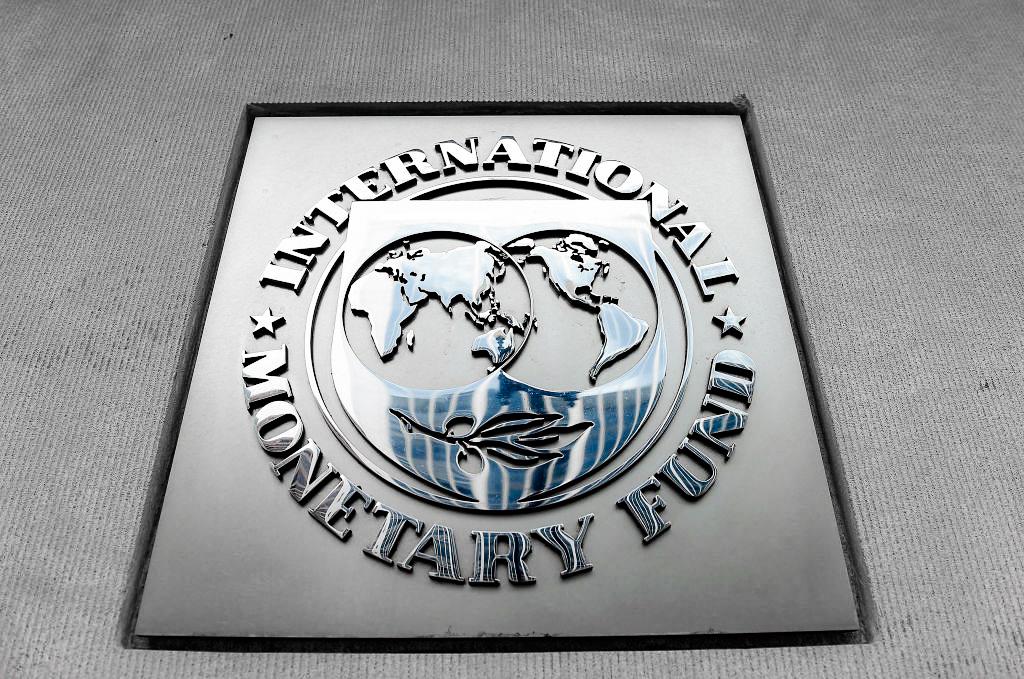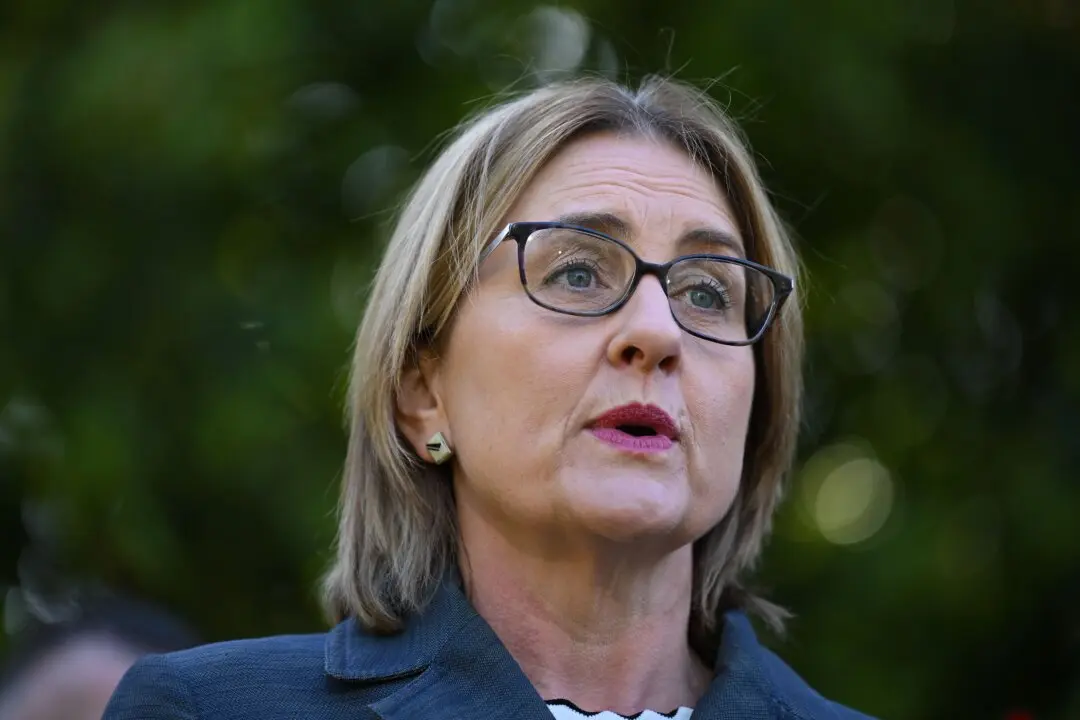The International Monetary Fund (IMF) has advised the Australian government to adopt a more restrictive fiscal policy to tackle inflation.
While acknowledging that cost-of-living support can temporarily lower prices, the IMF cautioned that it could also stimulate broader economic activity.





